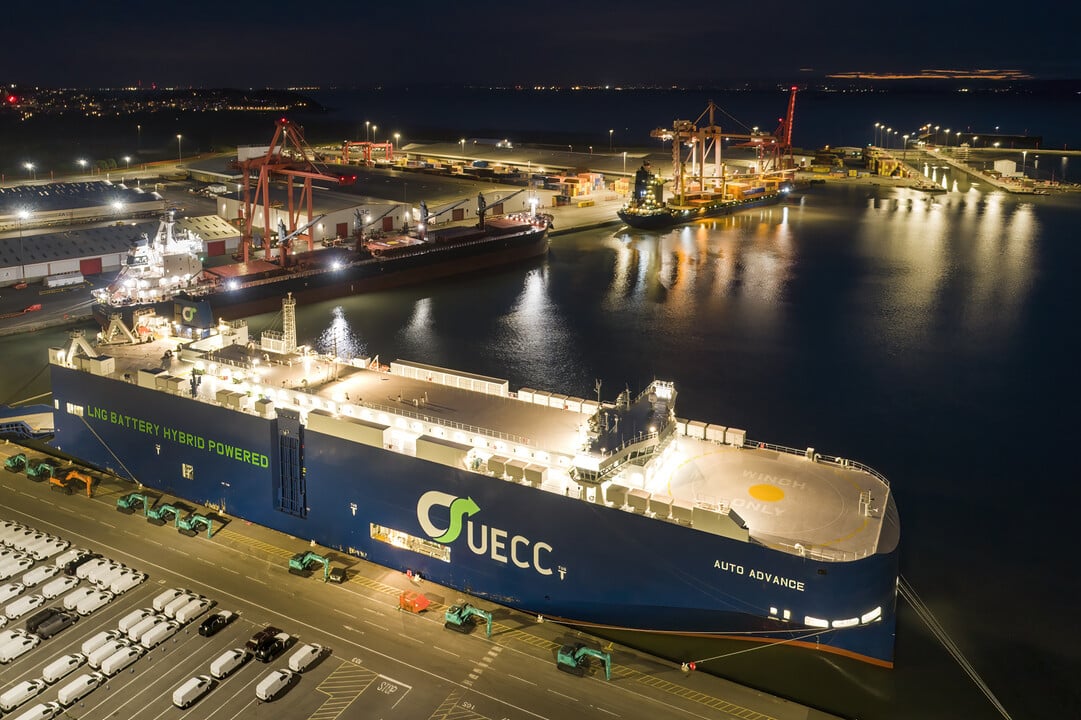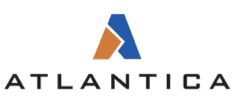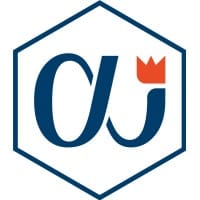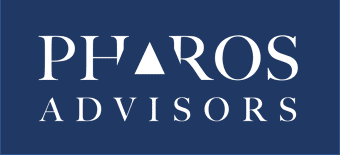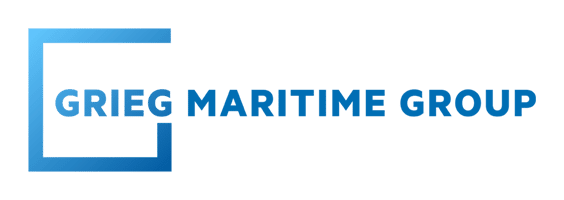In the ever-evolving landscape of maritime logistics, staying ahead of the curve is paramount. United European Car Carriers (UECC) recognized this imperative and sought a solution to benchmark their commercial footprint. Enter Esgian Shipping, a dynamic force in maritime market intelligence, and their innovative RoRo product launched in October 2022.
UECC, a leading provider of sustainable short sea roro transportation in Europe, has been utilizing Esgian’s tool to benchmark their commercial performance since inception. With the introduction of Esgian’s RoRo product, UECC found a comprehensive solution that met their needs and which also is in constant development. As remarked by Bjorn O. Gran Svenningsen, Director Sales & Marketing at UECC ; “UECC use the tool regularly to benchmark our own commercial footprint and performance – indispensable insight to stay that one step ahead of competition and It clearly illustrates the robustness of UECC’s European short sea network”.
Esgian’s RoRo product offers a wealth of features that have garnered significant traction in the market. With over 40 years of combined RoRo experience in the commercial team and in-house development backed by technical and operational expertise, Esgian has developed a tool that goes beyond traditional commercial analysis. Here are some highlights:
- Comprehensive Benchmarking: Esgian’s platform tracks some 800 vessels (global deepsea and European short sea players) mapped to 50 commercial operators through strategic partnership with Hesnes Shipping AS), providing unparalleled insight into service performance and trade routes and commercial footprint.
- Real-Time Data: With 200,000+ port calls recorded globally across some 560+ RoRo ports, Esgian offers daily updates on port activity, including waiting times and congestion.
- Sustainability Integration: Esgian’s CO2 Emissions Analytics module, accredited by the Smart Freight Centre in adherence with the GLEC framework. Daily Co2 and CII numbers by vessel/owner/operator.
- Personalized Service: Esgian’s commitment to personalized service ensures that UECC receives tailored insights and support to optimize their operations continually.
- 100% independent and unbiased
Since adopting Esgian’s RoRo product, UECC has witnessed tangible benefits. Esgian has empowered UECC to make data-driven decisions that drive both efficiency and sustainability.
In order to better understand how UECC are leveraging the Esgian Shipping Suite for RoRo, we asked Bjørn Svenningsen (BSV) to answer the below questions:
Can you provide an example of how UECC applies the Esgian insight, i.e. upon KPI discussions with your customers, or what components you deem most helpful in supporting tender decision criteria’s for your typical OEM customers?
BSV: “We use this as an objective source for demonstrating our own performance; sailing frequency and transit times between ports of loading and discharging, as well as our competitors.”
Would you argue a consistent service delivery in terms of frequency and transit times is just as important in the current market for your customers supply chain visibility, although the operators are well positioned to optimize their operations and voyages(due to the strong demand and omittance of congested ports?)
BSV: “Absolutely, perhaps even more important now than ever due to all the disruptions.”
We know that vehicle demand outstrips capacity but at the same time European ports are clogging due to strong imports; what do you see as the main challenge in the industry today for the finished vehicles logistics chain? Is the framework lacking as part of the problem related to the commercial inland haulage amplifying the terminal congestions we see with compounds operated at max capacity and inventory levels high?
BSV: “Lots of interesting questions here, but I believe that the main challenge is declining car sales in Europe. In addition to this there are structural problems in some of the main European car ports as to how they manage their business. The capacity situation for the inland haulage, or national distribution, seems to be under control, but the cars are just dwelling too long in the port and inland terminals and are not moved to the end customers.”
For UECC, how has the market developments in recent period affected your trading pattern in Europe, change of logistical flows foreseen? What measures are taken in for example Livorno and Piraeus to reduce vessel turnaround time?
BSV: “We have had very positive market developments and we have added new ports like; Wilhelmshaven, Calais, Flushing and Efesan, to our European short sea shipping network recently. However, we are also struggling with severe congestion and consequently delays in some of the main car ports in Europe. You mention Livorno and Piraeus, which are indeed ports where we struggle with congestion, and for these ports we have unfortunately had to reduce our sailing frequency to deal with this situation. We are, however, working together with these ports to try to improve the situation, as well as looking for alternative ports in these countries, or nearby countries, as we cannot operate a reliable and robust network in Europe with 5-7 days delay/waiting time every week. This is simply not possible from an economical, or service, point of view!”

We thank Bjørn for his valuable comments and looking forward to continuous collaboration as we strive to deliver valuable insights for our clients and serve as a beacon of innovation in the maritime sector.
